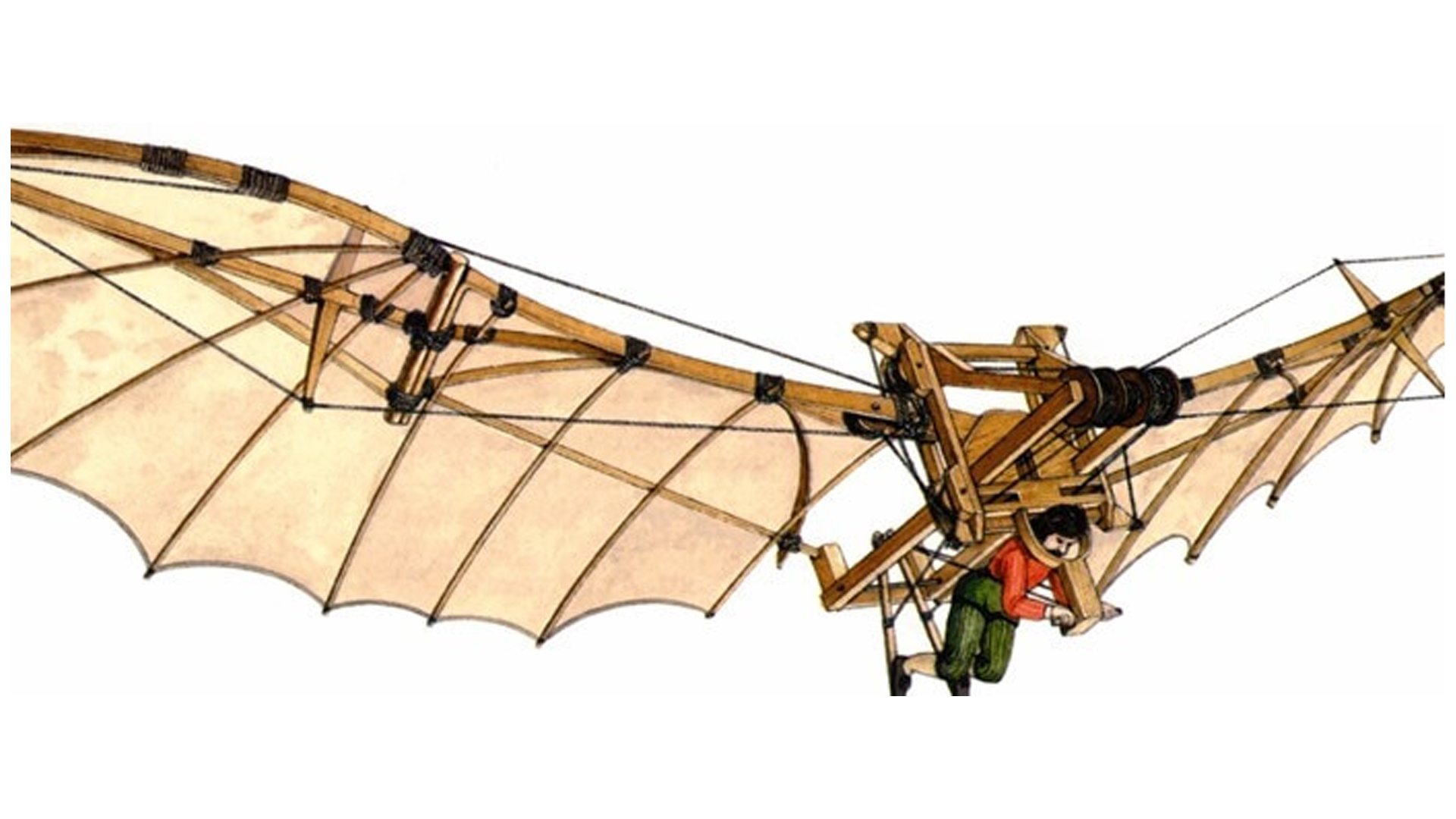Leonardo da Vinci, the exceptional Italian genius, was born in 1452 in the small Tuscan village of Vinci. Painter, architect, philosopher, scientist, musician, and so much more Da Vinci crafted inventions that represented the foundations for the realization of some of the greatest engineering inventions in history. We can admire their mockups at the Museo Leonardiano in Vinci and dive into the immersive experience of virtual reality with oculus viewers. Check out the top 10 inventions you will see and experience at the museum:
Self-Propelled Machine, The Car

When Leonardo was 26 years old, he was contemplating a means to transport “moving things.” In the Codex Atlanticus folio 812r he drew a complex machine with an “engine” composed of a series of toothed gears, called “large wheels”, which became the center of the engine. In 1938, Henry Ford declared in Detroit that Leonardo’s project would have been absolutely functional: “This man (Leonardo), he said, “has shown with his contraption, to understand the principle of motion more than any other man in the world: maybe he is too intelligent, but the others, certainly, are too distracted by the simplicity of things to be able to understand them.”
Vertical Flying Machine, The Helicopter

The aerial screw is a project described in folio 83v of Manuscript B of the Codex Atlanticus, written during Da Vinci’s first stay in Milan while working for the noble Sforza family. Centuries before the first helicopter, Leonardo hypothesized the effectiveness of the propeller, conceiving a very similar structure inspired by the forms of nature. He perceived that the object would “screw” into the air, exploiting its density the way a screw penetrates wood.
Parachute

Believed to be created in 1485, this famous drawing conserved in the Codex Atlanticus shows a parachute in the shape of a pyramid made of starched linen fabric to increase its rigidity. In a signed note, Leonardo writes that thanks to his parachute “everyone could jump from whatever altitude with no risk.”
Armored Vehicle, The Tank

In 1485, Leonardo’s tank or covered tank was designed as one of the world’s first vehicles of this kind. The project layout is in one of the sheets preserved at the British Museum in London.
The Robotic Knight, The Robot

In 1495, Da Vinci designed the first humanoid mechanical knight in history, conceived as a living machine. Dressed in heavy medieval Italian-German armor and equipped with an internal system of pulleys, gears, levers and connecting rods, this machine was derived from Leonardo’s iconic anatomy studies.
Hang Glider

Leonardo was the first engineer to be recognized as having manned flight projects, the ancestor of aerodynamic studies. His discoveries during the dissections of birds and bats are visible in the design of a machine that can flap its 42-foot-wide wings. With one person on board, Leonardo’s “flywheel” would have weighed about 300 pounds.
Machine Gun

Da Vinci believed that the main problem with the cannons was the time necessary to load and fire them. Modern machine guns and larger artillery weapons don’t have this problem as they fire multiple bullets one after another at high speed. Da Vinci solved the problem by placing 33 small-caliber guns in a row, side by side, in three vertically stacked rows of 11.
Fragmentation Bomb

The large mouth of these devices allowed them to fire huge projectiles that could easily open large breaches in enemy defenses. He designed a rapid aiming system and, above all, invented a new type of projectile that, once launched, could divide itself into many explosive bombs.
Scuba Diver Suit

Leonardo got the idea that the maintenance of dams, ports, and ships could be managed through the creation of a particular article of clothing. This specific “suit” could be worn by maintenance workers who could operate at different depths in water, thanks to the presence of sand weights fastened to the suit.
Anemometer

Around the year 1500, Leonardo da Vinci built an anemoscope, a device invented to detect the direction of the wind, and a mechanical foil anemometer to measure wind speed.
Barbara Benzoni
Barbara Benzoni was born in Milan and lives between Rome and Tuscany. She is devoted to USA, the land of courage and innovation. She’s Peter's super-lucky mum and Ale's wife. Cinema, art, good food and only beautiful things are the themes of her existence. With a degree in Italian literature and a Masters in Sports Management she can both enjoys books and basketball matches. In 25 years she has been organizing sport events all over the world and she’s been lucky enough to meet the greatest champs ever. Curiosity in everyday life and people are her drivers. Her personal icon is Mohammed Ali : "It's not bragging if you can back it up".


